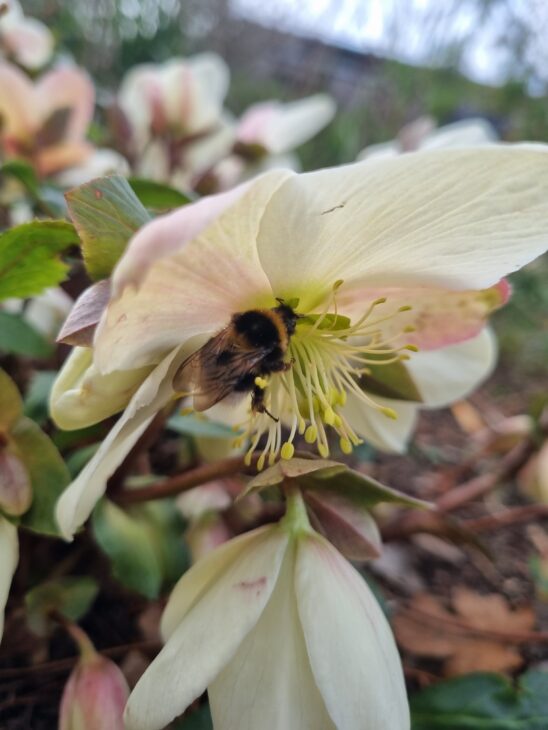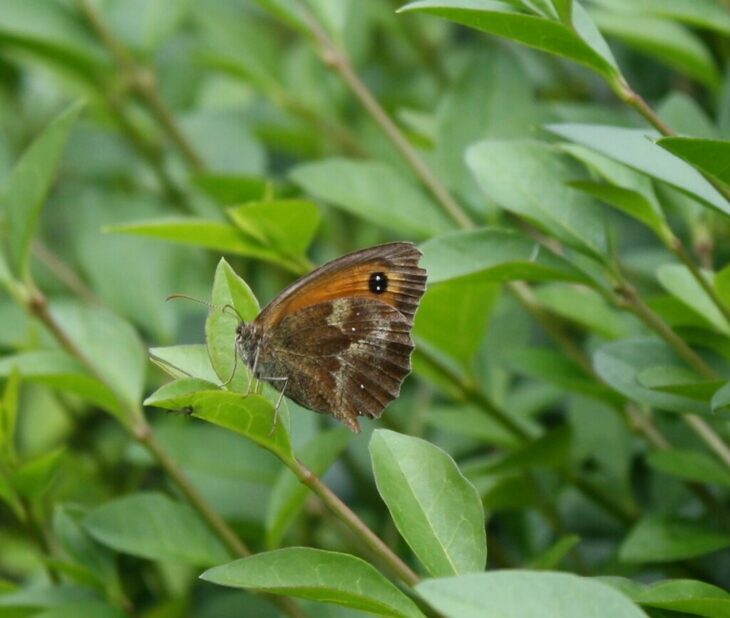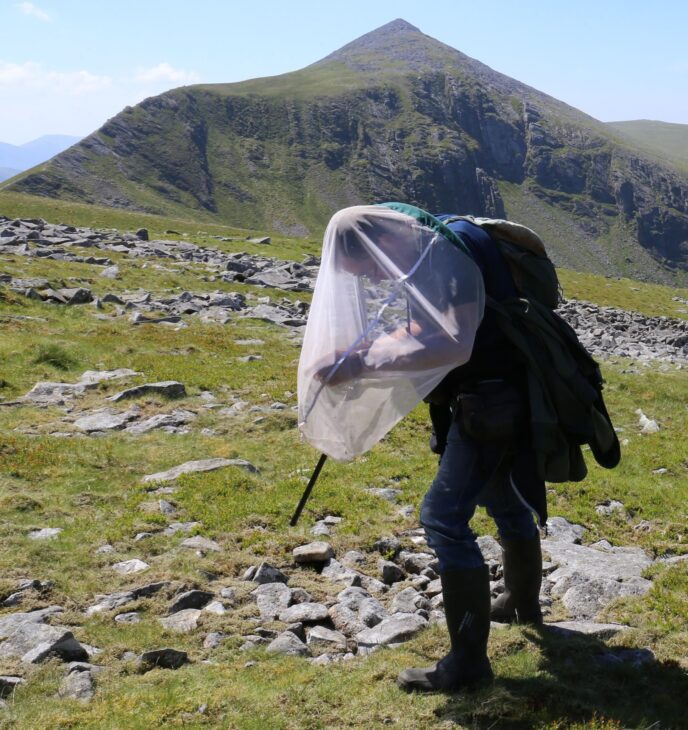
Helen Bostock, Senior Wildlife Specialist at the Royal Horticultural Society explains why the RHS is using iNaturalist to help gather data on flowers visited by bumblebees this spring.
For a year or two now we have been using iNaturalist to assist our efforts to record wildlife sightings in our five RHS Gardens, helping us build up a picture of the biodiversity that these spaces support and fill in the gaps from more formal surveys. It is also a great tool to direct our staff and visitors towards. And all part of our push to achieve our Sustainability Strategic goal of becoming ‘biodiversity positive’.
This year though we wanted to try something a little different and see if we could use the traditional iNaturalist project to help answer specific questions raised by our Science team. Initially we had an idea for a fungi project (more on that later this year!) but as that lent itself to an autumn survey and we were impatient to get started we scratched our heads for a neat spring project, something that everyone could get behind and that would also help inform our advice on planting for pollinator insects – and hey presto, the Bumbles on Blooms idea was hatched.
Why bumblebees?
Bumblebees just seemed like the perfect subject; the queens start emerging from their overwintering burrows in February, of all the bee species in the UK bumblebees are a group most people wouldn’t have too much difficulty recognising (even if not to species level) and, when visiting flowers bumblebees are pretty relaxed about letting humans snap their photo. We also undertake Beewalks at a number of our RHS Gardens so it’s a pollinator group we have some experience in. That said, we aren’t the bumblebee experts so at the early planning stage we hooked up with the helpful folks at Bumblebee Conservation Trust who were happy to support us by letting us point to their excellent online materials, such as how to photograph bumblebees and a video explaining how to tell the ‘Big 8’ most common species apart.
Why flowers in parks and gardens?
Planted spaces – residential gardens, allotments, parks – are where we love to grow lots of trees, shrubs and flowers and collectively they contribute a significant amount of nectar and pollen for bees and other pollinating insects to forage on. This is especially true in urban areas. The diversity of flowering plants we like to grow and the desire by gardeners to have things in flower in all seasons means these plants are well placed to supplement wild flowers. This is particularly true at the ends of the season when the vagaries of climate change can put additional pressure on insects. In spring, finding a ready and reliable source of nectar to fuel activity is critical for queen bumblebees. And ditto for pollen which is fed to developing larvae back in the nest. As spring progresses the workers take up the challenge of collecting pollen so February to May* is make or break time for bumblebee colonies. The data we gather from Bumbles on Blooms will help us strengthen our RHS Plants for Pollinator lists and recommendations we give gardeners on the best plants for supporting bumblebees in spring.
*RHS Bumbles on Blooms runs from 12 February to 31 May 2024
What else are we asking participants of Bumbles on Blooms?
In addition to asking what flower the bumblebee is on (this is an optional question, though we would ask that an extra photo of the flower on its own is added to the record if you don’t know so that our team can try to identify it), we are also curious to discover if bumblebees have any preferences for flower colour during the spring months, and how urban or rural the site is where the record is taken. Some studies suggest that the extreme ends of the urban to rural gradient may be less favourable to pollinating insects (and wildlife in general) than in the middle so it would be nice to see if our project supports this.
So please spread the word. Details on taking part can be found on the RHS Website and the iNaturalistUK project Bumbles on Blooms.
As this is a traditional project you will need to take an action join the project and share your observations. More details on how to do this are in the 'How do I take part?' section on the RHS website
Or if you want to learn more about using iNaturalistUK and traditional projects read this tutorial on Adding Observations to a Traditional Project.














